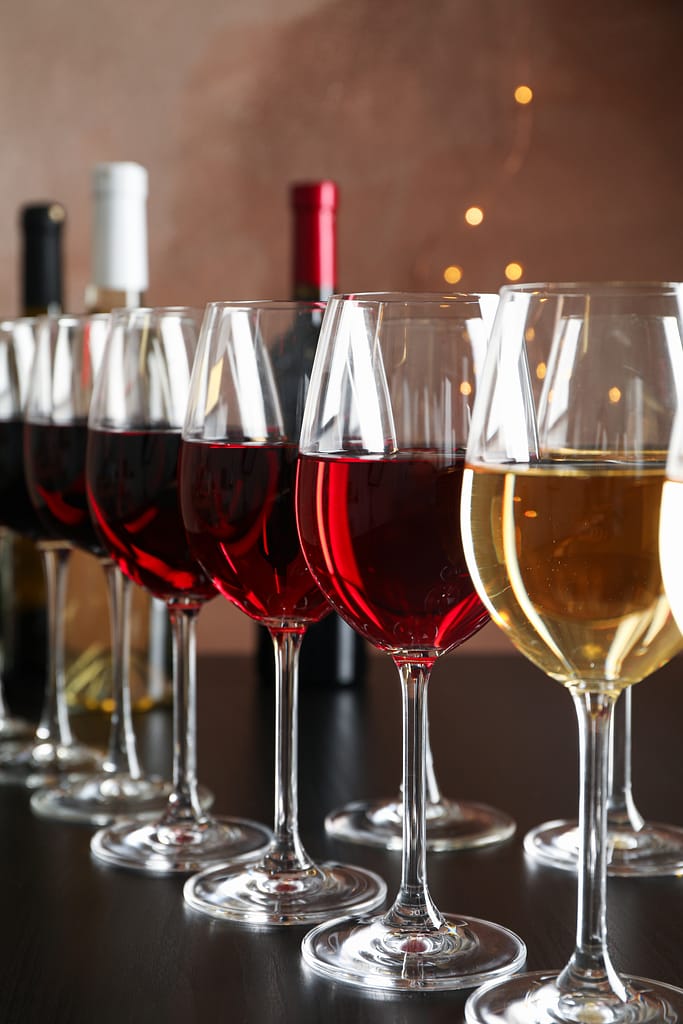The En Primeur system that we know today is relatively young, and while post-harvest springtime transactions have taken place throughout history¹, they are largely an exception to a rule.
The modern ‘En Primeur’ trade was initiated by dominant Bordeaux merchants some 60 years ago. After the Second World War, many chateaux were poorly run and poorly financed. Merchants – who in those days were far more powerful and dynamic than even the most prestigious First Growths – agreed to buy wines from the top producers ‘in advance’. This provided much-needed cash relief to struggling chateaux, and allowed merchants to set their own prices.
In those days it was some of the merchants who even bought the wine, or port, in cask, and then bottled it. Ronald Avery in Bristol, a great taster, as was his son, the late John Avery MW, famously mixed three top vintage Ports bought in barrel to make an Avery Vintage Port, which was priced at the most expensive Port of a particular vintage year. Step by step the best Bordeaux Chateaux and Port producers refused to ship in cask, so they could better control the quality, and exert a much greater influence of trade and retail pricing.
Over the years ‘En Primeur’, which used to be a method for the wine lover to secure stock of a wine early, at a lower price, where it might not have been available later, has morphed into a large trading and risk sector. Indeed a pre-bottling and a pre-shipped ‘en primeur’ price might be higher than a 10 year ‘aged’ wine from the same Chateau. A 10 year wine, ready to be properly enjoyed, was less expensive than a young ‘En Primeur’ wine which would still be high in bitter tanins and strong acidity.
High in acidity, as a great wine should be, to enable the wine to ‘last the course’ as the wine gradually became ‘in balance’. To reveal the true glory that bottle age, and best cool storage conditions, bestows.
That real magic of what ‘time’ does to the development of great wine ‘in bottle’ has become considerably obscured by the fervent selling by wine maker and expert correspondents each vintage at ‘en primeur’ time. Every year is an ‘annus mirabilis’. Which, on occasion, it may not be. In Port, this variable according to a particular harvest year is recognised, and thus not every year is a ‘declared’ vintage year’ by the Port shippers.
Ch Latour, perhaps one of the greatest of Bordeaux chateaux, were so concerned at this trend that in 2012 they decided not to release their ‘Grand Vin’ until they thought a particular vintage was beginning to show this development of a great wine into the sublime. This was a major financial investment by them in the costs of cellaring, as well as one of quality control. To demonstrate an even clearer distinction of their wine from all the others.

¹ Evidence of En Primeur-like wine-buying systems at least date from the vintage in 58 AD being so exquisite, that every grape from a certain vineyard in question was bought while it was still on the vine. Wine historian Emily Kate believes that the practice dates back even further, to the third century BC.